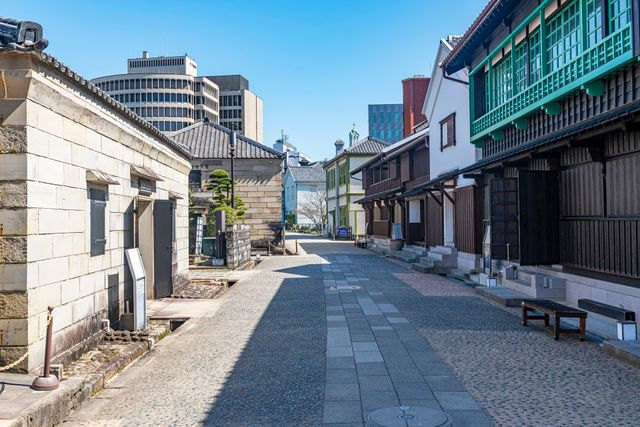Dejima Wharf (Former Dutch Trading Post)
menuMenu
A precious hub of exchange between Japan and Western cultures during the sakoku period!












Highlights
- The only place to experience Western interaction during the sakoku period
- Restored buildings allow you to experience the atmosphere of that time
- Valuable historical materials are on display
- A guided tour will provide a deeper understanding
- A must-see spot for history buffs
Basic Information
- Address
- 6-1 Dejimacho, Nagasaki City, Nagasaki Prefecture Search for tourist attractions in Nagasaki
- Access
- Streetcar: Take the streetcar bound for “Sufukuji Temple” from Nagasaki Station and get off at “Dejima.” It's a short walk from there. Bus: Take the bus bound for “Shinjima Terminal” from the south exit of Nagasaki Station and get off at “Nagasaki Shinjicho Terminal” (the last stop). It's a 5-minute walk from there. Show route
- Op.Hours
- 8:00 AM to 9:00 PM
- Cld.Days
- Open every day
- Fee
- ¥520 for adults, ¥200 for high school students, ¥100 for junior high and elementary school students. *Group discounts available
- INFO
- Last entry is 20 minutes before closing time.
